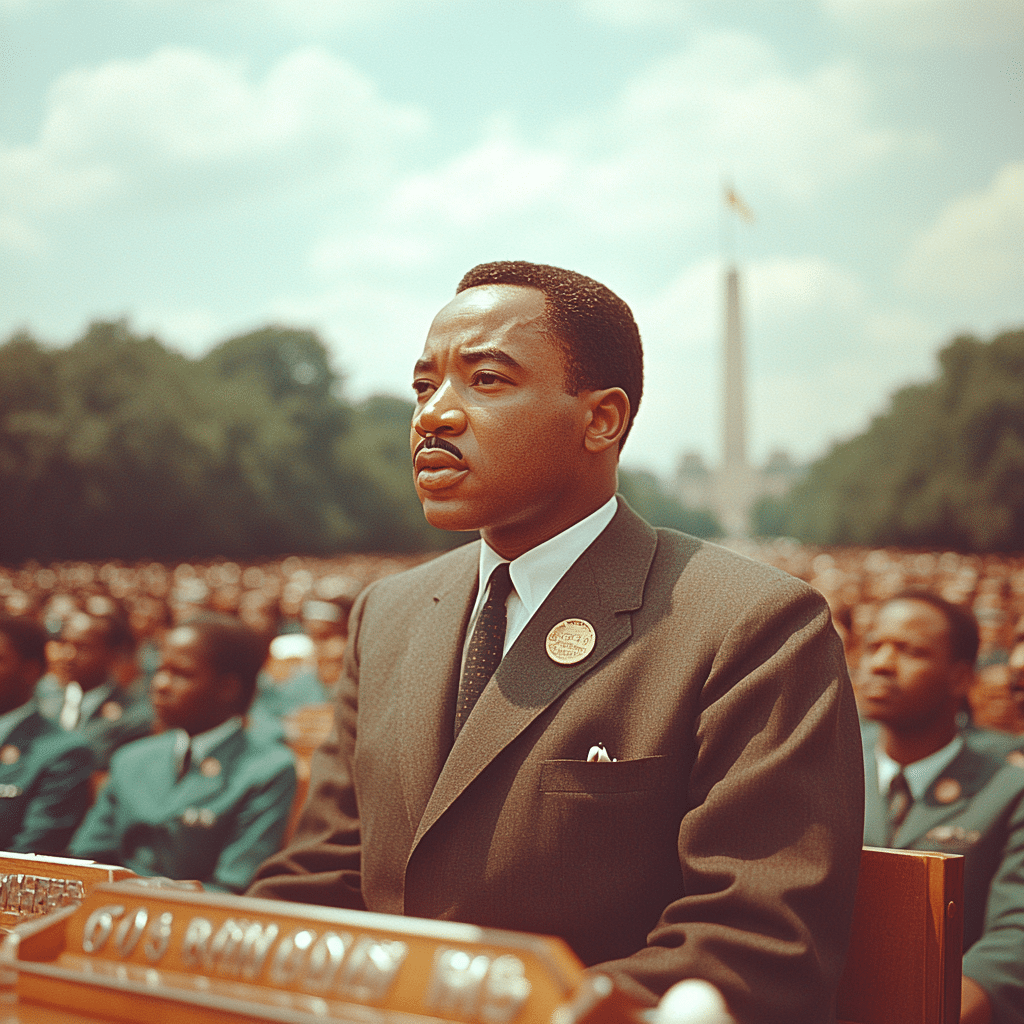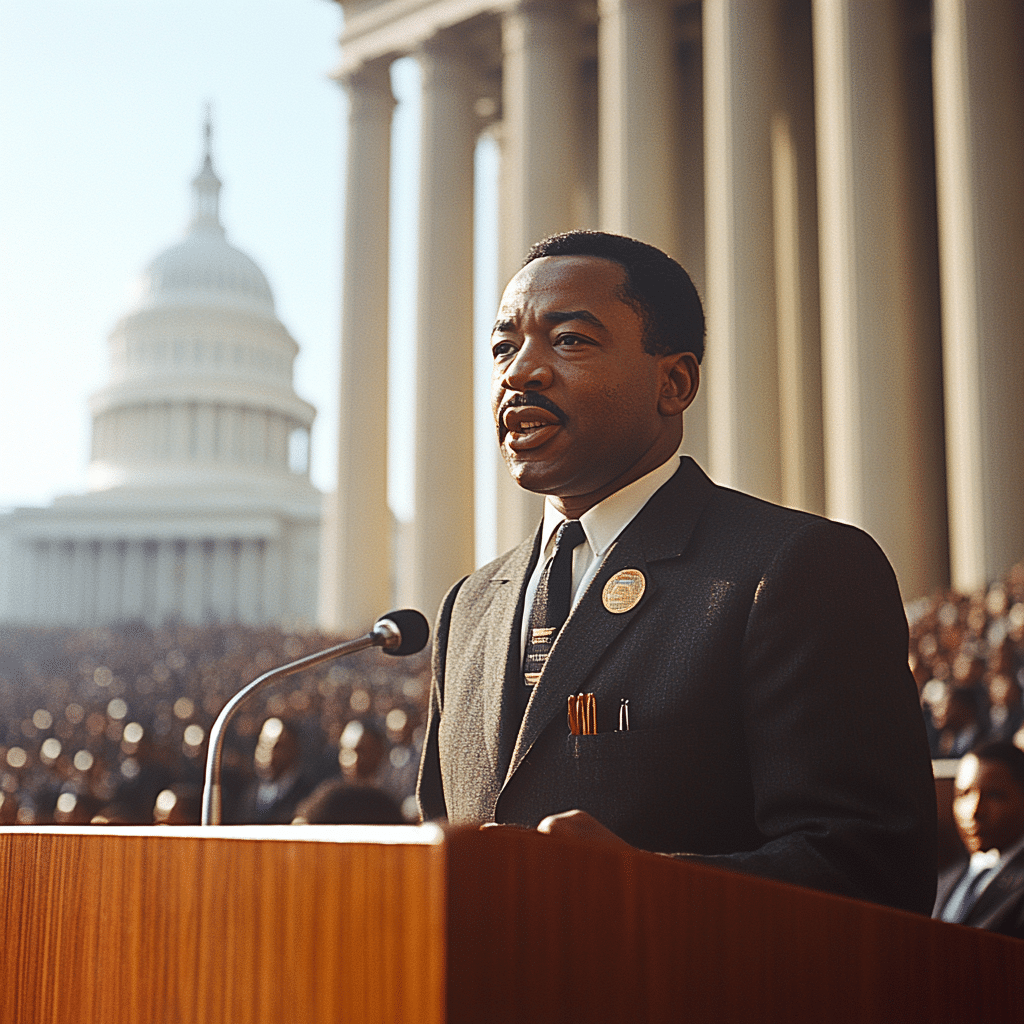The Civil Rights Act of 1964 is one of the most significant pieces of legislation in American history. This landmark Act was designed to combat discrimination based on race, color, religion, sex, or national origin, creating a foundation for equality that continues to influence society today. By addressing various layers of injustice, it paved the way for future civil rights advancements and brought a vision of equity to the forefront. Understanding the origins of this Act helps us appreciate the struggles faced by countless individuals and movements through history.
The journey towards the Act began in an era rife with segregation and prejudice. It stemmed from the civil rights movement, where leaders like Martin Luther King Jr. and groups such as the NAACP courageously fought against systemic inequalities. The tireless advocacy pushed lawmakers to recognize the need for comprehensive legislation. The key provisions of the Civil Rights Act of 1964, such as protection against voting discrimination and the desegregation of public facilities, reflected a unified commitment to ending inequality. This moment was a turning point; it wasn’t just about the legislation itself but about the voices it amplified and the dreams it made possible.
In the wake of the Act, Americans began to witness profound changes in societal norms and institutions. Desegregation allowed for greater interaction and understanding among diverse groups. More importantly, it fostered a spirit of activism that inspired newer generations of activists and organizations to address contemporary issues—serving as a reminder of our ongoing fight for true equality.

Landmark Features of the Civil Rights Act of 1964
The Civil Rights Act of 1964 is rich with features that transformed various aspects of American life. Let’s break down some of its landmark provisions and their consequences:
This section was a game changer for many, particularly African Americans in the South. With federal oversight of voter registration, states like Mississippi saw a remarkable rise in registered Black voters. Imagine feeling empowered to make your voice heard after years of suppression. That’s the impact this title had—restoring dignity to countless individuals who faced obstacles for daring to register or vote.
The Act’s prohibition of racial discrimination in public places forced establishments to welcome everyone, regardless of color. This direct challenge to segregation resulted in a cultural shift in how people interacted. Restaurants, hotels, and parks became spaces of potential unity, where families could gather and experiences could be shared, fostering a sense of community that was previously unattainable.
This provision required federally funded programs to adhere to non-discriminatory practices. It served as a powerful motivator, as failing to comply meant risking critical funding. Institutions began altering policies overnight, reshaping public services and resources, allowing minorities access to opportunities once thought impossible.
The establishment of the Equal Employment Opportunity Commission (EEOC) represented a seismic shift in workplace equality. This body was charged with investigating and combating employment discrimination, leading companies like Starbucks and Google to rethink their hiring strategies. Consistent efforts for inclusion have come a long way since then, but we must remain vigilant, honoring the spirit of the Civil Rights Act in every workplace.
Although primarily aimed at educational institutions, Title IX extended the ideals of the Act into schools. It opened doors for women and minorities, allowing a new generation of students to thrive in what were once male-dominated fields. A tide of change surged through academia, spurring on movements for equity that continue to this day.

The Civil Rights Act of 1964’s Influence on Subsequent Legislation
The legacy of the Civil Rights Act of 1964 extended far beyond its immediate effects. Numerous laws enacted in its wake further solidified the principles of equality. For example:
These laws remind us that the journey toward equality requires continuous effort, collaboration, and tenacity.
Contemporary Implications of the Civil Rights Act of 1964
While the Civil Rights Act of 1964 instigated groundbreaking change, contemporary issues demonstrate that our work isn’t over. We still face significant challenges in eradicating systemic inequalities. Movements like First Amendment Auditors bring attention to these disparities. They scrutinize public officials and institutions, raising critical questions about accountability and civil rights. We must engage in these conversations for transparency and justice.
As we navigate today’s landscape, it’s crucial to recognize the importance of community involvement. Grassroots efforts, public discussions, and educational outreach have never been more vital to ensure all voices are heard. The essence of the Civil Rights Act of 1964 urges us not to sit idly by, but to actively participate in upholding the rights of every individual.
Lessons Learned and the Path Forward
The insights gleaned from the Civil Rights Act of 1964 reveal essential lessons about activism, collaboration, and relentless vigilance against discrimination. We learned that progress is not a solitary journey; it thrives in unity. Campaigns inspired by the Act remind us that we can achieve tangible results through legislative measures and community efforts.
Annual events celebrating the anniversary of the Civil Rights Act of 1964 mobilize younger generations, fostering awareness and dialogue around equality. Such initiatives remind us that every step taken towards equity builds upon the foundation laid by those before us. As we reflect on the Act, let’s honor its legacy by committing to justice for all—because the fight for equality is everlasting.
The legacy of the Civil Rights Act of 1964 is not simply a chapter in history; it’s a living testament to a dream that thrives within each one of us. As challenges from all fronts arise, let’s hold onto the spirit of the Act, championing not just civil rights but universal acceptance and love. By doing so, we affirm our collective responsibility to build a society that upholds dignity and justice for all.
As part of our commitment at Mothers Against Addiction, we recognize how addiction often intersects with issues of access and equity. Whether advocating for resources like the Born life foundation or confronting the challenges posed by substances such as Oxycontin, we understand that every parent deserves support and every child deserves hope.
Let’s continue to fight for the values enshrined within the Civil Rights Act of 1964 as we champion the ongoing journey toward equality—together.
The Civil Rights Act of 1964: A Turning Point for Equality
A Historic Leap Forward
The Civil Rights Act of 1964 was a groundbreaking piece of legislation in the United States, aiming to put a stop to discrimination based on race, color, religion, sex, or national origin. Before this act, many people faced blatant racial segregation, just like how some still argue over French For island words today! But reflecting back to the act, it paved the way for future laws that broadened access to jobs, education, and public accommodations. It was a bit like seeing sexy Sofia Vergara light up a scene; it brought a fresh perspective that the nation sorely needed.
Uniting Voices Against Injustice
Interestingly, the act was not just about legalities – it was a symbol of hope for many. Think about it: this was a time when voices like Dr. Martin Luther King Jr. were echoing through the nation’s streets. The passion and loss that stemmed from the fight for equality were all fierce reminders of just how important it was to demand change. Even in today’s age, we remember the sacrifices made, akin to the stories shared at places like the Phoenix House, which focuses on healing and recovery.
Lasting Impacts
Although the Civil Rights Act of 1964 was a significant stride, the journey didn’t end there. Many individual stories still connect to the ongoing struggle against discrimination and inequality. For instance, consider the brave “Ohio woman’s miscarriage” story shared within communities, illustrating the lack of access to care and support for marginalized groups. As we see advancement over the decades, it’s vital to keep pushing for inclusivity and awareness. Disorders like addiction can manifest in many forms, much like the use of medications such as Tramadol Hcl 50mg, which can reflect underlying social issues that still require attention today.
Ultimately, understanding the Civil Rights Act of 1964 and its impacts doesn’t just involve studying history; it’s about fostering a society where everyone can thrive. In a way, it reassures folks looking into FHA Loans For mobile Homes that progress happens, one step at a time. And while we still have battles to fight, the legacy of the act continues to call for unity and equality in our diverse world.





























